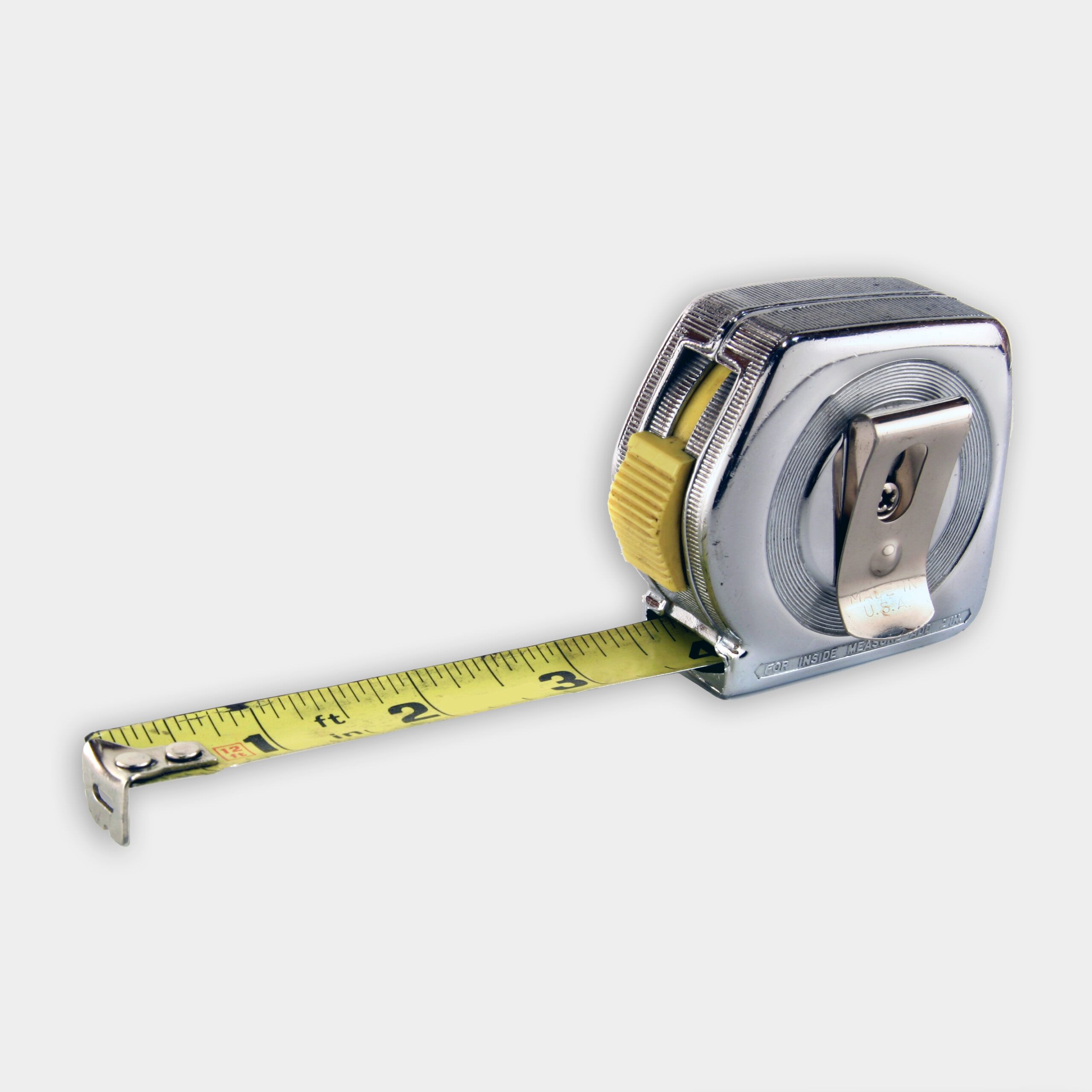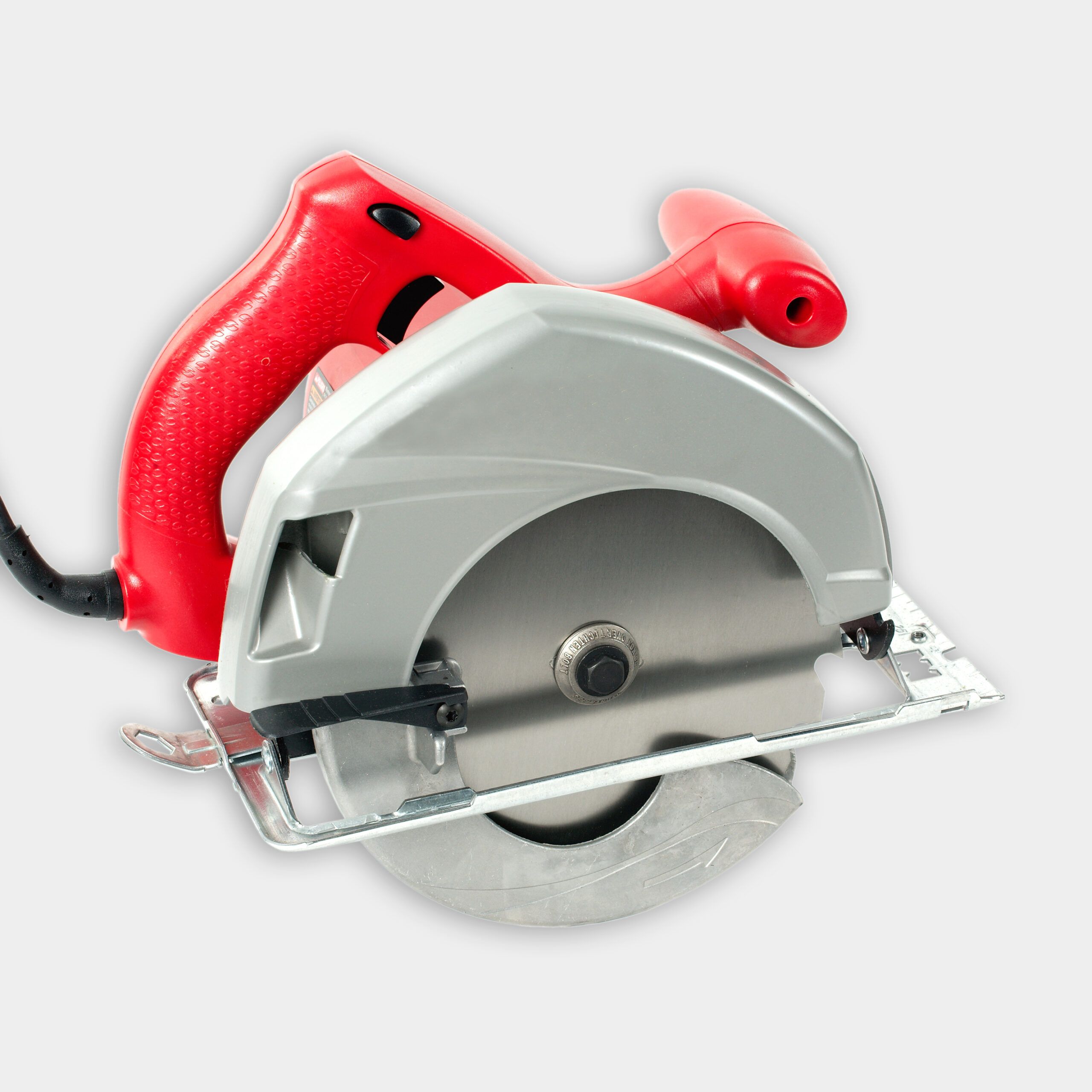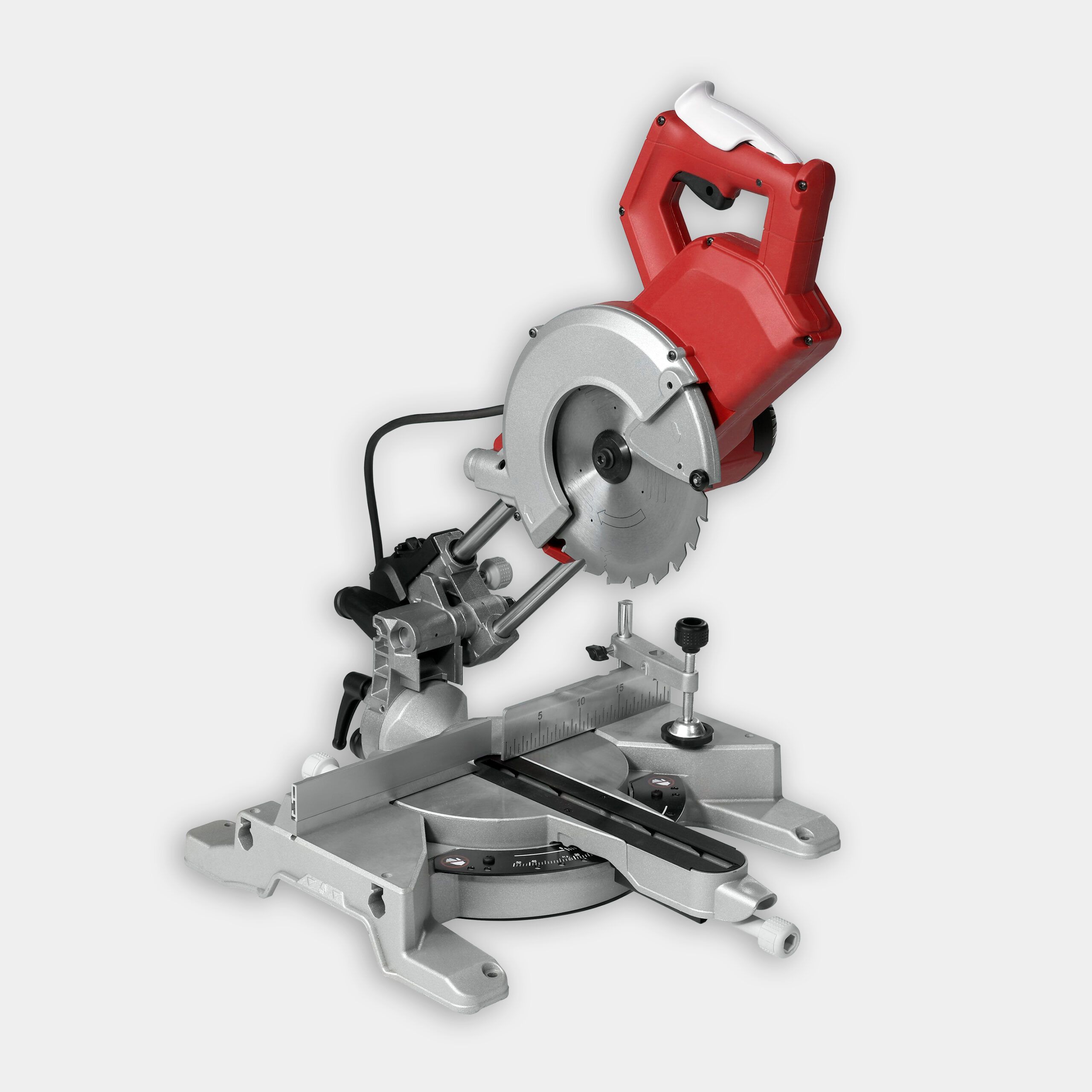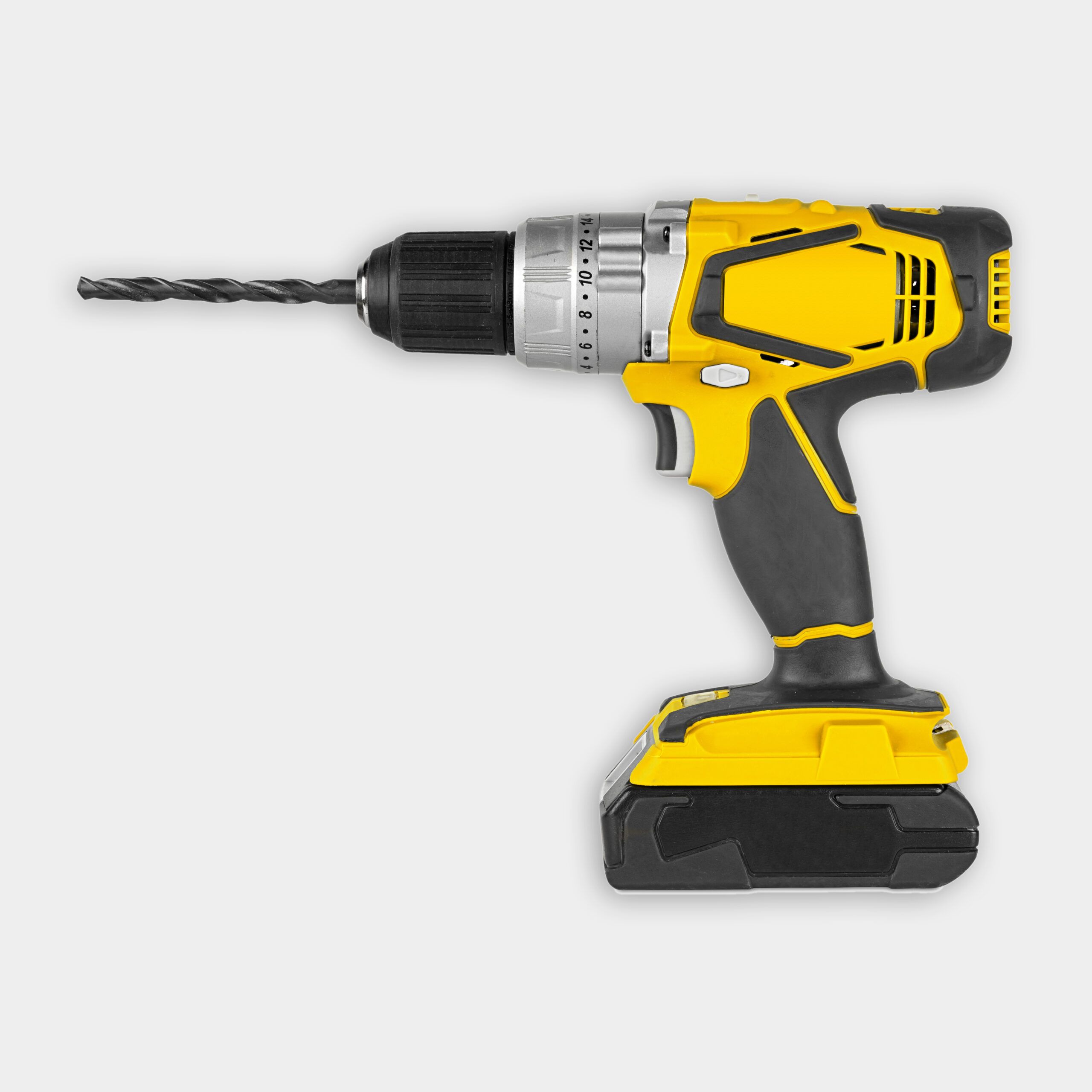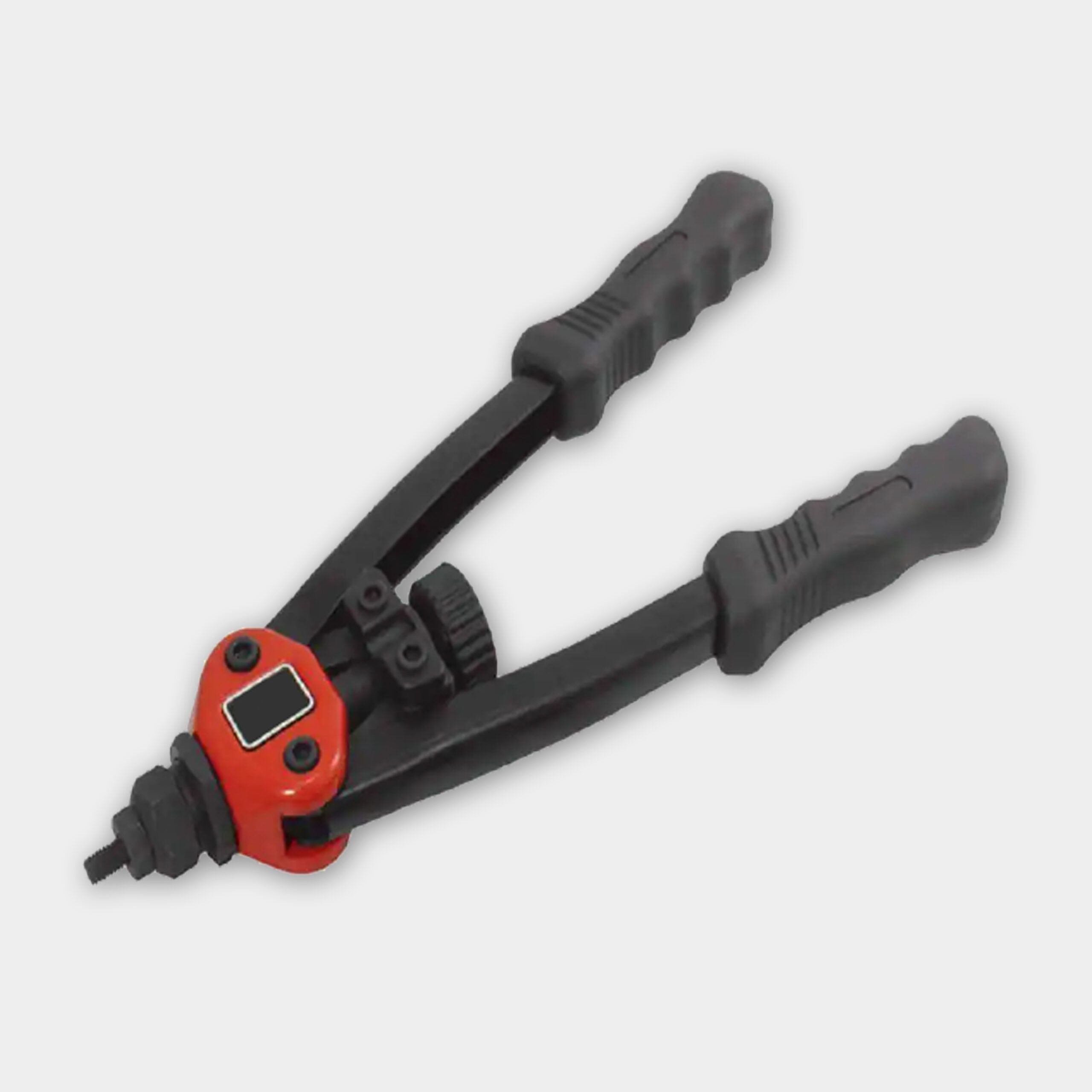Project details
Skill
Cost
Estimated Label
Are you constantly reorganizing your workshop to accommodate your miter saw when you need to use it? Creating a miter saw station can transform your workspace by providing storage and a dedicated area for precise cuts. In this guide, we’ll teach you how to build a miter saw station to streamline your woodworking projects. We’ve also included visual guidance from This Old House general contractor Tom Silva, who demonstrates the construction process in the video above.
Benefits of a Miter Saw Station
By taking on this project, you’ll create a functional and efficient workspace. Having a dedicated miter saw station offers several benefits, including the following:
- Enhanced safety: A well-organized station lends itself to a clutter-free workspace and minimizes accident risks.
- Improved efficiency: You’ll speed up your workflow by keeping all your tools and materials organized and within reach.
- Increased accuracy: A stable platform will allow you to make precise cuts, reducing material waste.
Choosing the Right Location
Before diving into construction, you’ll need to decide where to set up your miter saw station. Consider the following factors when making your decision:
- Adequate lighting
- Available space
- Enough space to fit longer materials
- Proximity to power outlets
Most cutting tasks require an 8-foot-long space at a minimum, but the depth may vary depending on your available space and specific needs. We recommend measuring for a depth of 24–36 inches as that is sufficient for most applications.
Materials and Tools Needed To Build a Miter Saw Station
After you’ve found the right location, gather the following tools and materials to build your miter saw station:
- Butcher-block top
- Feather board
- Metal-cutting miter saw blade
- Miter gauge
- Oriented strand board (OSB) plywood (two 4-by-8 sheets)
- Scrap 1-by-3 and 2-by-4 lumber
- Self-tapping screws
- Straight 1-by-4 material
- Threaded inserts and bolts
- Track and Stop kit
- Two metal toolboxes with wheels
- Two-piece removable biscuits
- Wood screws
You will also need the following tools for this project:
- Biscuit joiner
- Circular saw
- Jigsaw
- Miter saw
- Power drill with various bits
- Rivet gun
- Tape measure
- Threaded insert setter
Preparing the Base
Start by preparing your base, which will consist of two metal toolboxes connected by plywood sheets. Here’s how to do this:
- Position the toolboxes far enough apart to fit the width of your miter saw.
- Measure the distance between the toolboxes and cut a piece of OSB plywood.
- Mark and cut out spaces for the wheels on the plywood using a jigsaw.
- Attach the plywood to the bottom of the toolboxes. You can use self-tapping screws.
Silva recommends using temporary spacers so the positioning between the cabinets remains the same as you construct your station.
Connecting the Cabinets
Once you’ve prepared your base, you can connect your cabinets. This will result in a solid base that you can move easily. Follow these steps:
- Cut a second sheet of OSB plywood to fit across the backs of both toolboxes.
- Lay the toolboxes on their fronts and attach the backboard using self-tapping screws.
- Use the same spacers from the bottom board for consistency.
- Once attached, stand the connected toolboxes upright on their wheels. This may require two people because it can be a little heavy.
Creating the Miter Saw Platform
Now you can create a custom-fit frame to keep your miter saw at the right height so you’re comfortable while you make accurate cuts. Follow these steps to create a sturdy platform for your miter saw:
- Measure the height of your miter saw’s deck.
- Add the butcher-block top’s thickness to this measurement.
- Mark the total height on the toolboxes by measuring down from the top.
- Cut a 2-by-4 U-shaped frame to fit between the cabinets at this height.
- Use temporary blocks to hold the frame in place while you drill holes for attachment.
- Set threaded inserts into the holes and secure the frame with bolts.
Installing the Worktop
Constructing a level worktop will ensure accurate cuts. In the video above, Silva uses the butcher-block top because it provides a durable and attractive work surface. Here’s how to install your worktop:
- Cut the butcher block to fit the space between the toolboxes.
- Attach it to the 2-by-4 frame by driving screws up from below.
- Check that the top is level and flush with the toolbox surfaces.
Setting Up the Miter Saw
With the station structure complete, it’s time to install your miter saw. For precise alignment and consistent cuts across your projects, follow the instructions below:
- Place the miter saw on the platform.
- Use straight 1-by-4 material to mark the location of the saw fence.
- Attach the saw fence to the worktop using a biscuit cutter and two-piece snap-together biscuits.
- Install sliding tracks on top of the wooden saw fence.
- Affix a self-adhesive measuring tape to the fence’s top edge so it’s easy to measure items.
Adding Finishing Touches
You’re now ready to use your new miter saw station, but consider adding the following features for convenience and effectiveness:
- Add a power strip to the station so you can easily access your tools.
- Install a dust collection system by drilling holes in the back of the saw stand if you want a collection hose.
- Organize your tools and accessories in the toolbox drawers.
Silva also painted the exposed wood black on his station to blend with the metal cabinets and create a more cohesive look.
Additional Tips for Customization of Your Miter Saw Station
You can further enhance your station by customizing it according to your needs. Here are a few customization ideas:
- Extension wings: If you frequently work with long materials, consider adding extension wings on either side of your miter saw station. These can be foldable to save space.
- Lighting: You can install LED lights under your cabinets to increase visibility. This can be useful when you’re working on detailed cuts.
- Storage bins: Adding storage bins or small containers to your station’s interior drawers can help you organize screws, nails, and other small items.
Maintenance and Care of a Miter Saw Station
Routine maintenance will optimize your miter saw station’s performance and extend its lifespan. Here are some maintenance tips:
- Check for wear and tear: Inspect your station every so often for signs of wear and tear. Replace when you notice that components are worn out.
- Lubrication: Lubricate your miter saw station’s moving parts and any sliding tracks to guarantee smooth operation.
- Regular cleaning: Regularly clean your tools and miter saw station to prevent dust and debris buildup.
